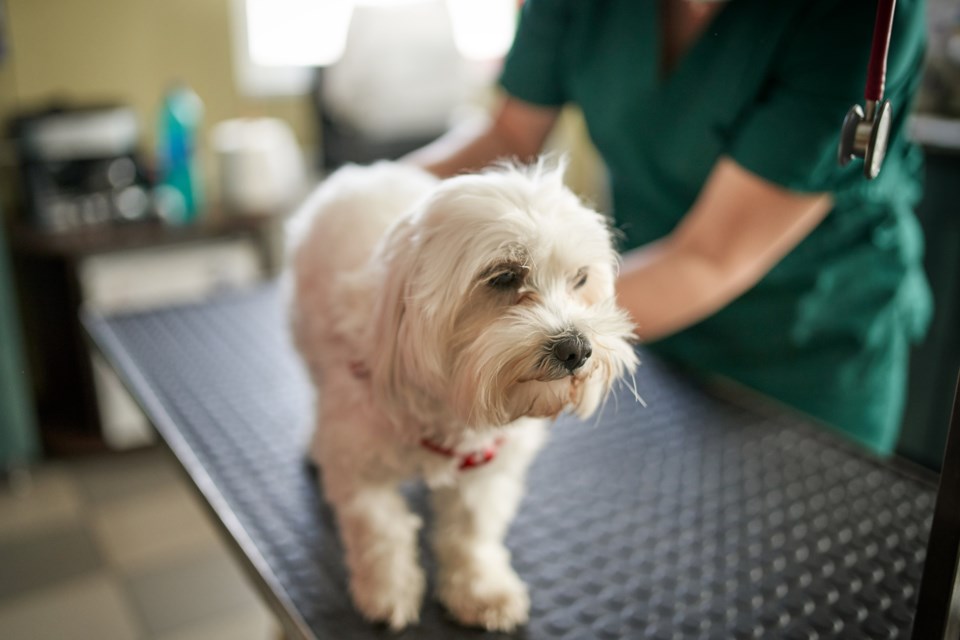British Columbians live in one of the world’s most expensive places. With inflation rising and interest rates following suit, an unexpected veterinary bill can upend a family’s budget.
Veterinary expenses are rising — generally far outpacing average rises in cost-of-living in recent years — for several very specific reasons.
A continent-wide shortage in veterinarians and support staff has left clinics understaffed. In some rural areas, pet guardians are sometimes expected to travel hours to access care. Basic rules of supply and demand apply here, as everywhere.
There are also fundamental shifts in social attitudes. In the last generation or two, ideas of a pet’s role in the household have changed dramatically. Pets were once considered, in many instances, as property — like a houseplant or furniture — to be appreciated but cast out when no longer in their prime. Today, especially among younger generations, according to surveys, companion animals are viewed as part of the family. This is evidenced in choices of language like “fur-babies.”
This elevation of a pet’s centrality in the family means people are willing to incur significant expenses to keep them healthy. A knee-joint rupture that a few decades ago might have resulted in amputation or even euthanasia are now more likely to be treated with a multi-thousand-dollar TPLO surgery. (How many three-legged dogs do you see these days compared with decades ago?)
The changing attitudes and willingness to incur expenses have combined with advances in veterinary medicine to make expensive treatments more routine. Veterinary medicine has increasingly adopted treatments that were once limited to human medical care. Cancer treatments for pets are now likely to include chemotherapy or radiation. , a complementary regime used for decades in human medicine is now available for pets. The range of treatable conditions that pet guardians might choose today include many more options than a couple of decades ago, when euthanasia was common for cases that we now view as even relatively minor.
All of these factors, though, have combined to make pets a more expensive proposition than they once were. As economic conditions (as well as ill-conceived lockdown adoptions) have strained the capacity of some families to care for these animals, shelters and rescue agencies across North America are seeing surrender rates rise precipitously.
Many organizations, though strapped for resources themselves, are responding to the challenges.
The Regional Animal Protection Society (RAPS) has a aiding animals and their people who are facing financial constraints. An example is a family with a dog who required surgery for two broken legs and was quoted $15,000, which was beyond their ability to pay. The non-profit was able to provide the same surgery for $7,500, with an interest-free payment plan, making this an affordable option for the family to keep their pet.
RAPS, a 小蓝视频-based organization, has also issued a with advice for pet guardians — but also with recommendations for governments, employers, insurers and benefits providers — on how to help families avoid life-and-death decisions based on ability to pay. The community-owned RAPS Animal Hospital offers 小蓝视频’s only no-interest veterinary payment plan and has provided more than $5.5 million in partially or fully subsidized care since opening in 2018.
Pet health insurance, once a highly uncommon thing, is seeing more uptake. Of the 16.5 million cats and dogs in Canada, fewer than 5% are covered by pet insurance, but that is up from 3% a few years ago. Like any insurance, the hope is that it will not be needed — though every pet will need vet care at some time — and even if the accrual of monthly fees ultimately meet or exceed the outlay for care without insurance, there is at least peace of mind that no single unexpected bill will cast the household budget into chaos.
Pat Johnson is the communications manager at the Regional Animal Protection Society.



